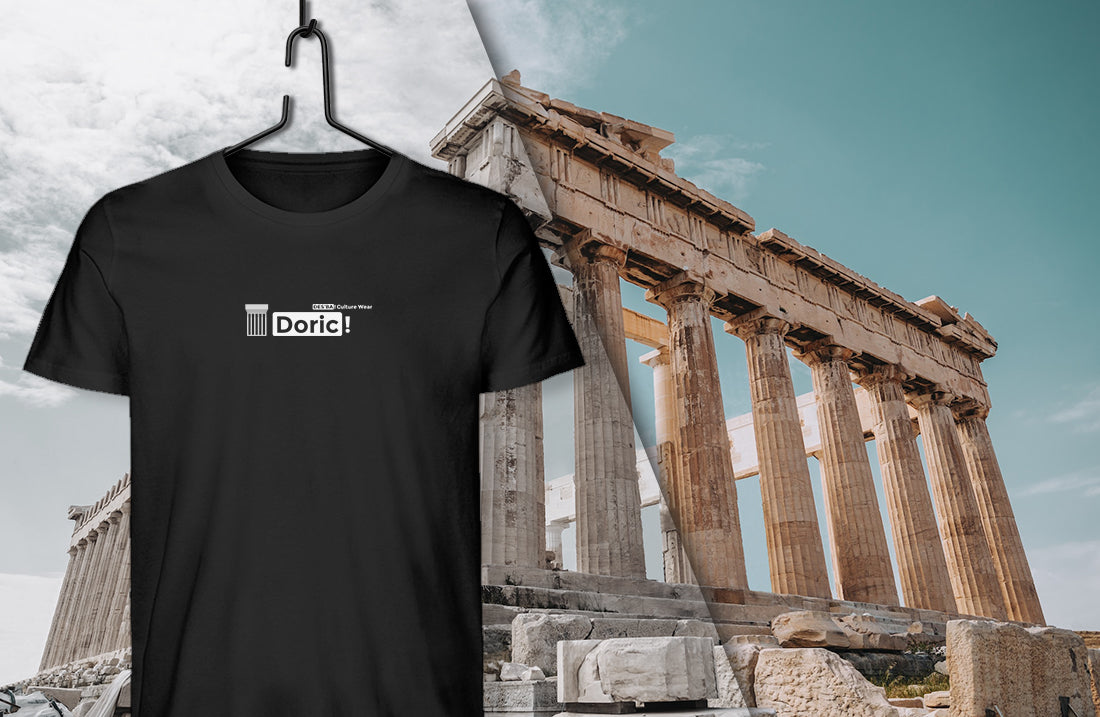
Autor: Dženan Tosunbegović
Doric - The "Male" Column (Story)

The Doric column is a distinctive feature of Greek architecture and is often associated with strength, simplicity and masculinity... Read more >>>
It was the oldest of the three main types of column orders and was used primarily for temples and public buildings.
The Doric column consists of a smooth, slender shaft that tapers slightly towards the top. In contrast to the Ionic and Corinthian columns, the Doric column does not have a base, but stands directly on the foundation. The capital, which forms the top surface of the column, is simple in design and directly supports the horizontal entablature of the temple.
A characteristic feature of the Doric order is the absence of ornamentation or decorative elements. The simplicity and robustness of the Doric column reflect the values of ancient Greek society, which valued strength, discipline and restraint.
The Doric order was used in many famous ancient temples, including the Parthenon Temple on the Athenian Acropolis and the Temple of Zeus at Olympia. These temples demonstrate the impressive splendor and beauty achieved through the use of the Doric order of columns.
However, the importance of the Doric order of columns goes beyond its architectural function. It was also a symbol of the political and cultural identity of ancient Greece. The use of this order of columns in public buildings and temples highlights the influence of the Dorians, one of the most important ancient Greek tribes.
Overall, the Doric column embodies the timeless elegance and power of Greek architecture. Their simple beauty and historical significance make them a fascinating element of Greece's ancient heritage.
Products: Doric
-
Doric T-Shirt Premium Organic Unisex
Regular price From €34,90 EURRegular priceUnit price / per -
Doric Sweatshirt Premium Organic
Regular price €49,90 EURRegular priceUnit price / per -
Doric Hoodie Organic Premium Organic
Regular price €49,90 EURRegular priceUnit price / per



